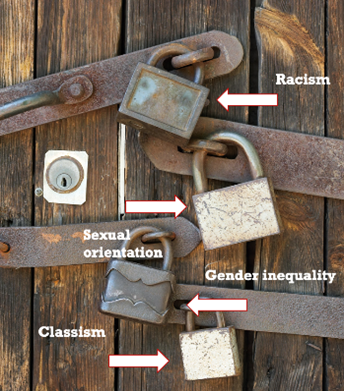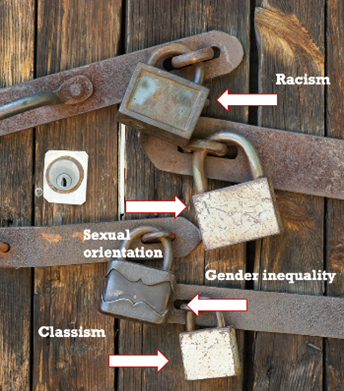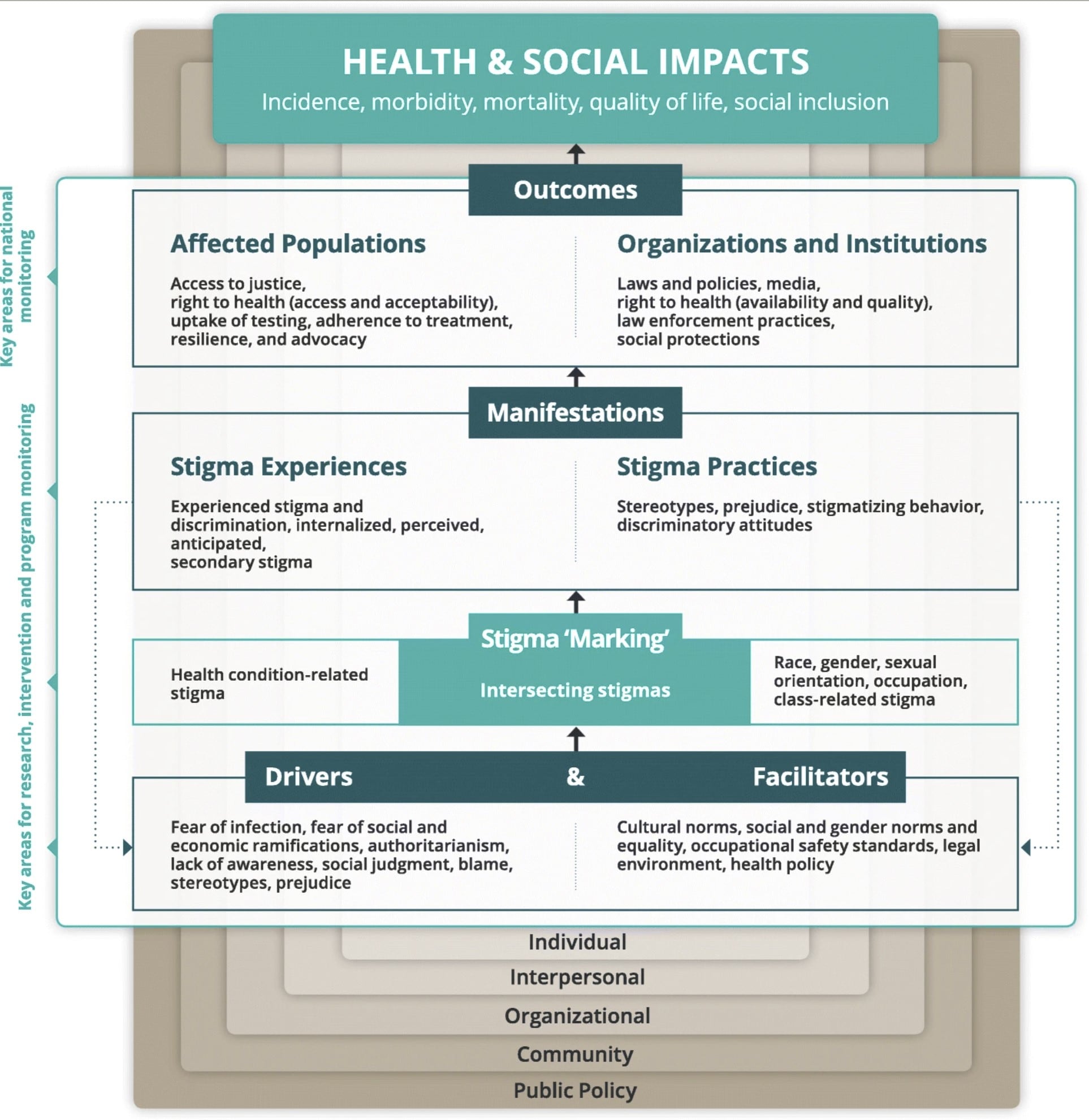Stigma and Discrimination: Eliminating Barriers to Ending the HIV Epidemic

HIV-related stigma (irrational or negative attitudes, behaviors, and judgments driven by fear) and discrimination (unfair treatment, laws, and policies) are present globally, and are barriers to health seeking behavior, engagement in care and adherence to treatment across a range of health conditions.[1]
HIV-related stigma can be made worse by other forms of discrimination including those based on sex, race, sexual orientation, gender identity, socioeconomic status, age, or national origin. Therefore, tackling intersectional stigma is key to ensuring health equity. This means focusing on more than just stigma related to HIV status and considering all forms of stigma, which in combination make it harder to access healthcare services, including for HIV treatment and prevention.
For example, members of key populations – including men who have sex with men, sex workers, transgender people, and people who use drugs in some countries are struggling to access HIV services safely at public health facilities due to fear of violence and arrest. In response, the U.S. President’s Emergency Plan for AIDS Relief (PEPFAR) is supporting ‘safe space’ clinics to provide HIV services to key populations by health care providers trained to provide quality, stigma-free care. While this solution is working in the short-term, CDC is working in these countries to support longer-term, sustainable solutions, such as expanding training for nurses and doctors on HIV-related stigma and discrimination, gender-based violence and provision of culturally competent care for diverse populations.
In partnership with PEPFAR, UNAIDS and the Global Fund to Fight AIDS Tuberculosis and Malaria, the CDC is supporting countries around the world to stop the stigmatization process and mitigate the harmful consequences of stigma associated with health conditions. To achieve this objective, CDC and partners use a multi-level framework to guide intervention development, measurement, research, and policy.
The Health Stigma and Discrimination Framework helps public health officials, implementing partners, and community-led organizations to understand how stigma and discrimination affect people living with HIV and key populations. The framework helps in developing a comprehensive plan to respond at scale, and determine key interventions necessary to prevent, reduce, and mitigate HIV-related stigma and discrimination.
Health equity is foundational to CDC’s public health approach. We strive for a world where everyone can achieve their highest attainable level of health, and no one is disadvantaged from achieving this potential due to social position or any other socially, economically, demographically, or geographically defined circumstances or physical condition. As a co-convenor of the Global Partnership for Action to Eliminate All Forms of HIV-Related Stigma and Discrimination, CDC supports countries to identify and implement programmatic actions to measurably reduce stigma and discrimination. To end HIV as a global public health threat, we must eliminate all forms of HIV-related stigma to ensure that all people can safely access the high-quality HIV prevention, care, treatment, and other healthcare services they need.
[1] Stangl, A.L., Earnshaw, V.A., Logie, C.H. et al. The Health Stigma and Discrimination Framework: a global, crosscutting framework to inform research, intervention development, and policy on health-related stigmas. BMC Med 17, 31 (2019). https://doi.org/10.1186/s12916-019-1271-3



